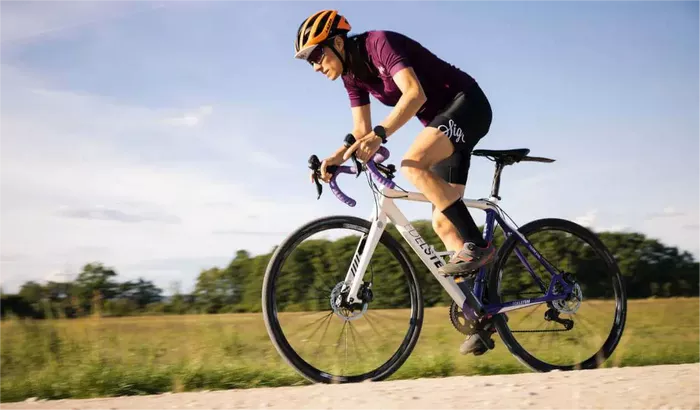Osteoporosis, a condition characterized by weakened bones, is a significant concern for many individuals, especially as they age. It raises questions about the safety and effectiveness of various physical activities, including cycling. While cycling is widely recognized for its cardiovascular benefits and low-impact nature, there have been concerns about its impact on bone health, particularly in relation to osteoporosis. In this article, we will delve into this topic, exploring the relationship between cycling and osteoporosis to determine whether cycling is indeed bad for bone health.
Understanding Osteoporosis
Before evaluating the effects of cycling, it’s crucial to grasp the fundamentals of osteoporosis. Osteoporosis is a condition characterized by low bone density and structural deterioration of bone tissue, leading to an increased risk of fractures, particularly in the hips, spine, and wrists. Aging, hormonal changes (especially in women after menopause), inadequate calcium and vitamin D intake, sedentary lifestyle, and certain medications are common risk factors for osteoporosis.
Impact of Exercise on Bone Health
Regular exercise plays a vital role in maintaining bone health. Weight-bearing and resistance exercises are particularly effective in stimulating bone growth and reducing the risk of osteoporosis-related fractures. Weight-bearing exercises include activities where your body works against gravity, such as walking, jogging, dancing, and stair climbing. Resistance exercises involve using weights or resistance bands to strengthen muscles and bones.
The Role of Cycling
Cycling, unlike traditional weight-bearing exercises, is a non-weight-bearing and low-impact activity. This characteristic has led to concerns about its effectiveness in maintaining bone density and strength. Skeptics argue that because cycling doesn’t subject bones to the same mechanical stress as weight-bearing exercises, it may not provide adequate stimulation for bone remodeling and growth, potentially increasing the risk of osteoporosis.
Research Findings and Evidence
Studies investigating the relationship between cycling and bone health have produced mixed results. Some research suggests that cycling alone may not be sufficient to prevent bone loss in individuals at risk of osteoporosis. A study published in the Journal of Bone and Mineral Research in 2016 found that premenopausal female cyclists had lower bone mineral density in the lumbar spine compared to runners, potentially indicating reduced bone strength due to the lack of impact loading associated with cycling.
However, it’s essential to consider the broader context. Cycling is often part of a well-rounded exercise regimen that includes other weight-bearing activities. Many cyclists engage in strength training, yoga, or other weight-bearing exercises to complement their cycling routine. When viewed as part of a comprehensive fitness plan, cycling can contribute positively to overall bone health by improving muscle strength, balance, and coordination.
Factors to Consider
While cycling may not provide the same bone-stimulating benefits as weight-bearing exercises, it offers numerous advantages for cardiovascular fitness and joint health. Its low-impact nature makes it ideal for individuals with joint pain or those recovering from injuries. Furthermore, cycling can be a sustainable and enjoyable form of exercise, which is essential for long-term adherence to physical activity.
Recommendations for Cyclists
If you’re an avid cyclist concerned about osteoporosis, consider integrating weight-bearing exercises into your fitness routine. Incorporate activities such as walking, jogging, dancing, or strength training to provide the necessary impact loading for bone health. Additionally, ensure adequate intake of calcium and vitamin D through diet or supplements, as these nutrients are crucial for bone density.
Conclusion
In conclusion, while cycling alone may not be the most effective exercise for preventing osteoporosis, it can still play a valuable role in a balanced fitness program. Cyclists should supplement their cycling routine with weight-bearing activities and prioritize nutrition to support bone health. Ultimately, the key to combating osteoporosis lies in a holistic approach that combines various forms of exercise and dietary strategies. Consult with a healthcare professional or a qualified fitness trainer to design a personalized exercise plan that suits your needs and helps maintain optimal bone health throughout your life.

